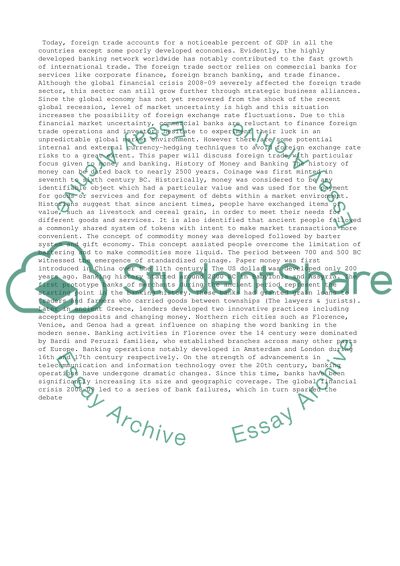Cite this document
(“Money & Banking Foreign Trade Essay Example | Topics and Well Written Essays - 4250 words”, n.d.)
Retrieved from https://studentshare.org/business/1473864-money-banking-foreign-trade
Retrieved from https://studentshare.org/business/1473864-money-banking-foreign-trade
(Money & Banking Foreign Trade Essay Example | Topics and Well Written Essays - 4250 Words)
https://studentshare.org/business/1473864-money-banking-foreign-trade.
https://studentshare.org/business/1473864-money-banking-foreign-trade.
“Money & Banking Foreign Trade Essay Example | Topics and Well Written Essays - 4250 Words”, n.d. https://studentshare.org/business/1473864-money-banking-foreign-trade.


